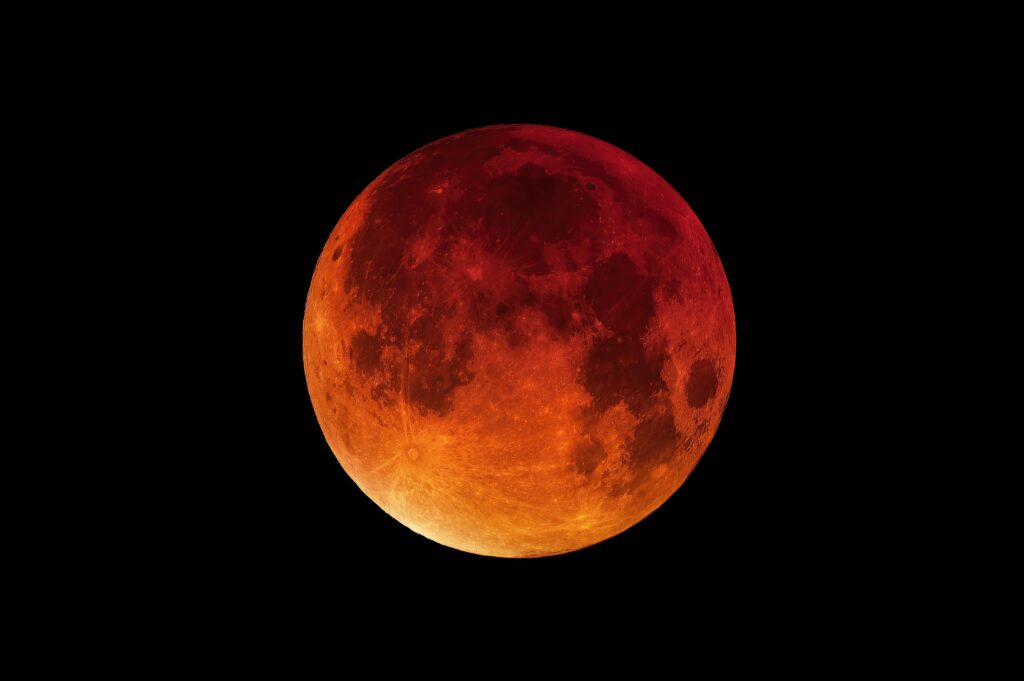This Sunday, September 7, a blood-red lunar eclipse will grace the skies of Europe. The rare event, lasting around 82 minutes, will be the longest total eclipse since 2022. As Earth passes directly between the sun and the moon, only red-filtered light will reach the lunar surface, giving rise to the dramatic “blood moon.”
For centuries, such eclipses carried ominous meanings. From Babylon to Central America, they were seen as harbingers of war, death or divine punishment. In contrast, some African traditions, such as those of the Batammaliba in Togo and Benin, regard the blood moon as a call for peace and reconciliation.
Today, science explains the phenomenon as a simple play of light and shadow. Astronomer Florian Freistetter sees eclipses as “aesthetically impressive natural events” rather than omens. Astrology, however, continues to interpret them symbolically. Astrologers like Silke Schäfer argue the blood moon reflects turning points and cycles in human life, while skeptics dismiss such claims as superstition.
Whether seen as myth, metaphor or celestial mechanics, the blood moon remains a spectacle that unites sky-watchers across cultures. And while astrologers speak of renewal, scientists agree on at least one point: it is a rare chance to marvel at the night sky’s beauty.


